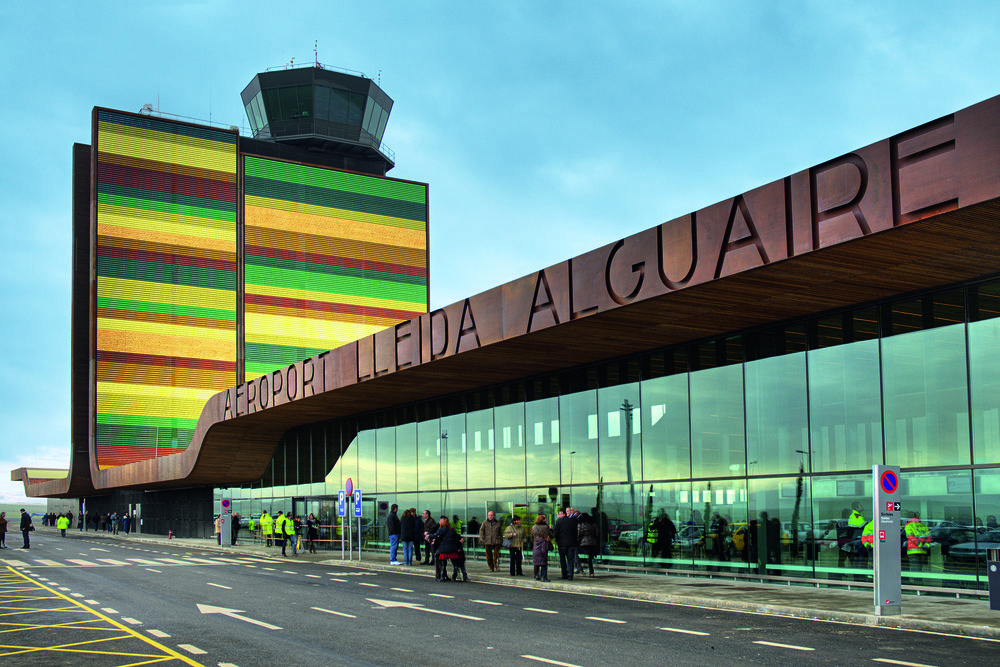Memories of the airport tend to arouse less pleasant emotions, namely growing frustration and panic. But a handful of exemplars show that the mundanity of terminals, security checkpoints, and waiting lounges can be beautiful. Out this month from Frances Lincoln Limited, the new book The Art of the Airport: The World’s Most Beautiful Terminals travels through 21 stunning hubs that, at least in appearance, seem worthy of their role as gateways to the world. At the same time, however, many of the airports are flawed: A number are nearly obsolete because of age or location, and others exemplify the challenge of maintaining cutting-edge facilities. Richard Branson’s Spaceport America in the New Mexico desert, for instance, has yet to see a single cosmos-bound passenger (though the Foster + Partners-designed site will be the base for Virgin Galactic as soon as space tourism takes off). Copenhagen Airport’s Vilhelm Lauritzen Terminal, built in 1939, ceased public operations in 1960 after a new terminal opened. Enclosed by an undulating brick ceiling, the old terminal, now used only for Danish royals and state visitors, is said to be haunted. John F. Kennedy International Airport, whose inclusion here New Yorkers might wince at, gets a nod for its Eero Saarinen-designed Trans World Flight Center, a terminal that has been vacant since 2001 and will be transformed into a hotel in 2018—but for now, it counts. While the book shouldn’t be seen as any sort of travel guide or record of endorsement, it’s an entertaining survey of the world’s most architecturally stunning terminals. At least at these airports—premature, over-budget, or defunct as some may be—any travelers’ headaches aren’t caused by eyesores.
Airports Worthy of their Role as Gateways to the World in "The Art of the Airport"
A new book highlights airports that, while often imperfect, all have awe-inspiring architecture.
By Lily Wan October 06, 2016
Outside the Lleida–Alguaire Airport in Alguaire, Spain. (Photo: Óscar Laborda Sanchez)
…